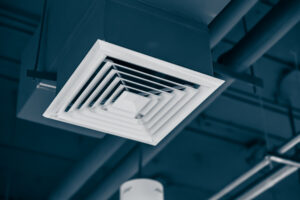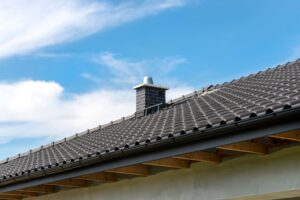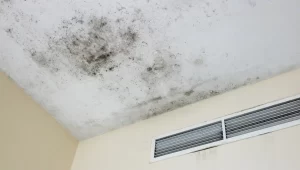When it comes to the quality of your indoor air, senior facilities need to be especially mindful of the impact that poor air quality can have on their residents.
The elderly is at a higher risk for serious illnesses like respiratory infections, allergies, and asthma due to their decreased immune systems. The elderly also spends more time indoors than other age groups, so they’re exposed to more pollutants than other people.
Read on to learn the top 5 expert strategies for indoor air quality in aged care.
Consistent, Preventative HVAC Maintenance
The first step toward improving indoor air quality at your facility is regular maintenance of your HVAC system. Your heating and cooling equipment should be thoroughly inspected twice a year by an expert technician who looks for leaks, clogs, and other problems that could result in poor indoor air qualit
Use High-Quality Air Filters
Install high-efficiency particulate air (HEPA) filters on furnaces and cooling systems. HEPA filters trap 99 percent of particles from entering your building’s HVAC system. This includes pollen, dust mites, mold spores, and pet dander — all common allergens that can trigger asthma attacks in seniors with respiratory conditions like COPD or emphysema.
Change Your Air Filters Regularly
Changing your filters regularly is one of the easiest ways to ensure you are keeping your facility’s indoor air clean and free of allergens and contaminants. Whether you use disposable filters or permanent filters, changing them on a regular basis can help keep dust and other allergens out of the air.
Keep Your Ducts And Vents Clean
Dirty air ducts can lead to high levels of dust and mold spores in your facility. These contaminants can irritate the eyes, nose, throat, and lungs — especially for seniors who have existing respiratory conditions or allergies.
Make sure you hire a professional company that offers duct cleaning services. This will ensure that your ducts and vents are thoroughly cleaned so that dust doesn’t build up over time.
Have The Air Quality Tested
An important step towards improving the indoor air quality in your senior living facility is to have it tested. This will allow you to determine if there are any problems with the current system and what needs to be done about it. It’s also important to test for mold, which can get into the air through leaks or poor ventilation. If there are issues with the current system, then it should be replaced immediately.
No matter how clean it feels in your facility, some pollutants can remain hidden in the air for months or even years. That’s why it’s important to have regular testing done by a professional to make sure you know what’s really in the air.
By implementing these strategies, you can successfully ensure that your senior residents have a comfortable and healthy living environment.
For truly clean air in aged care,










